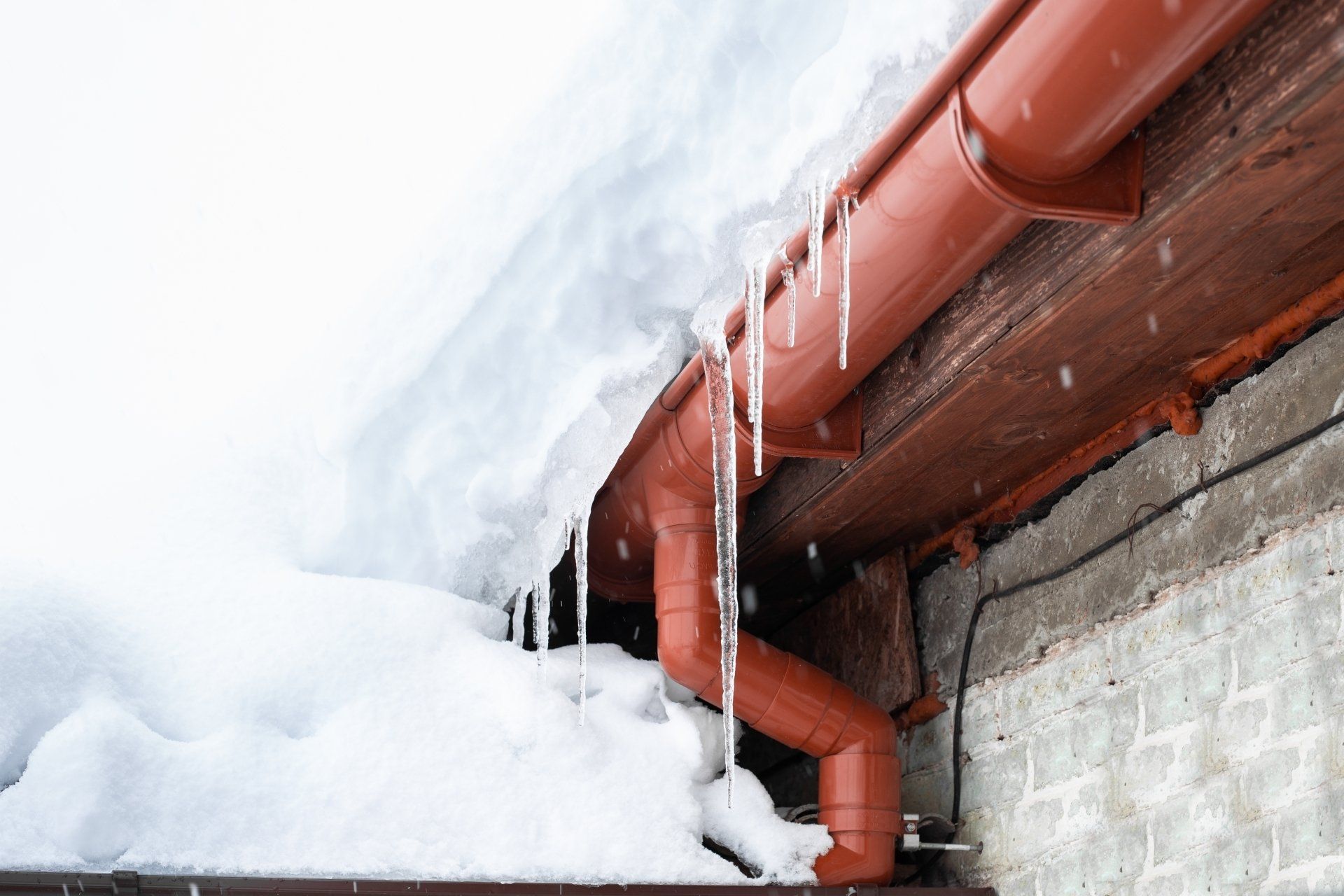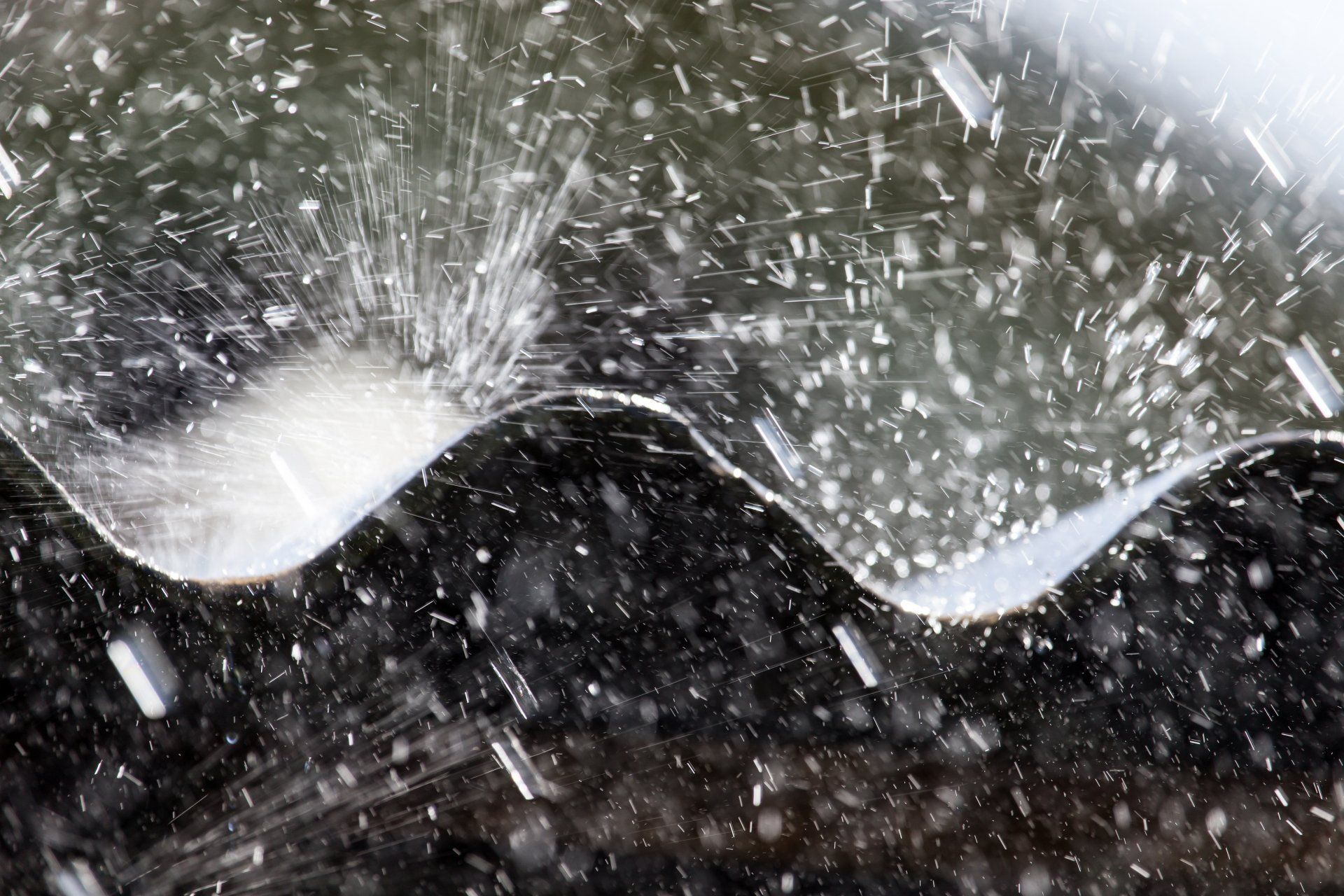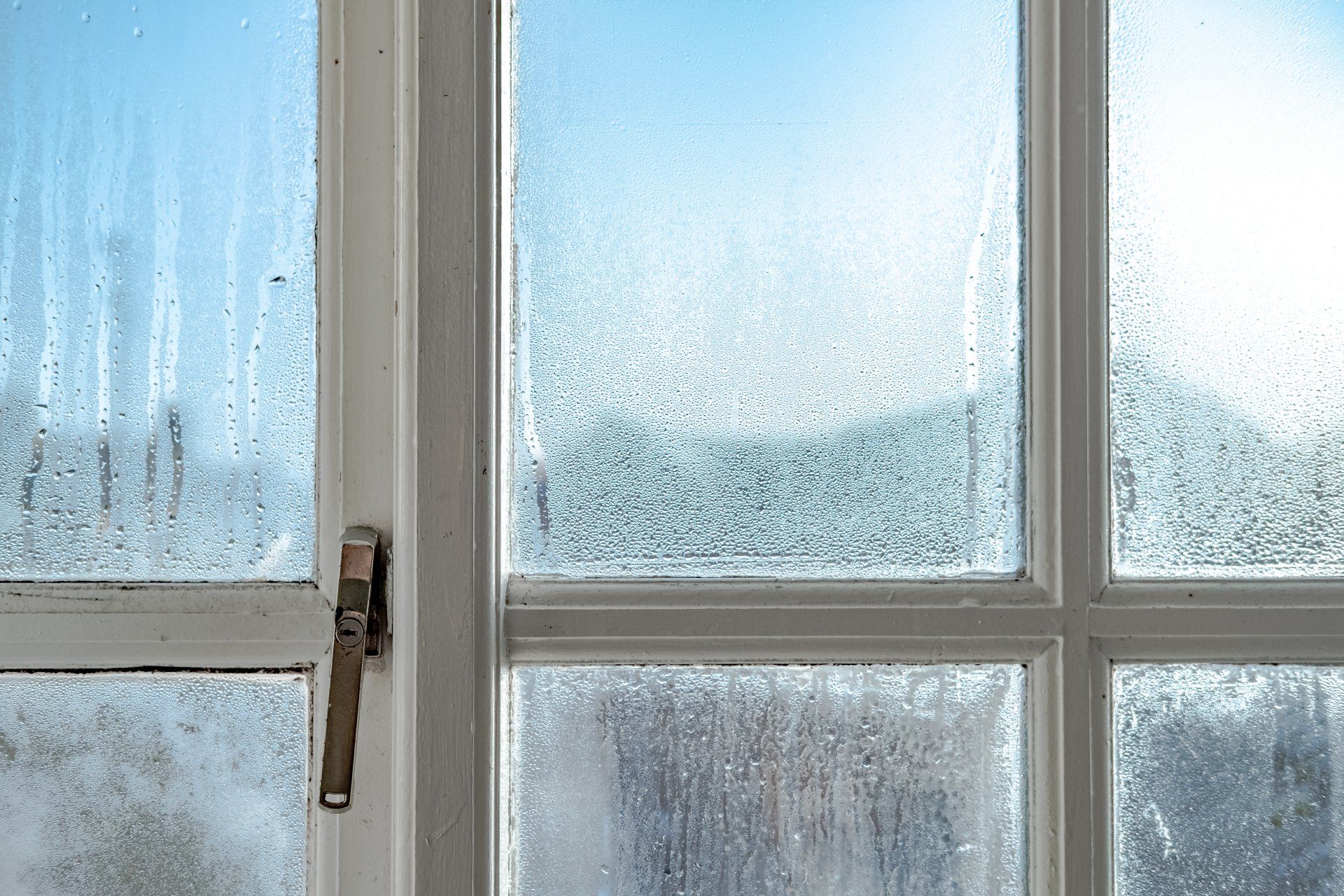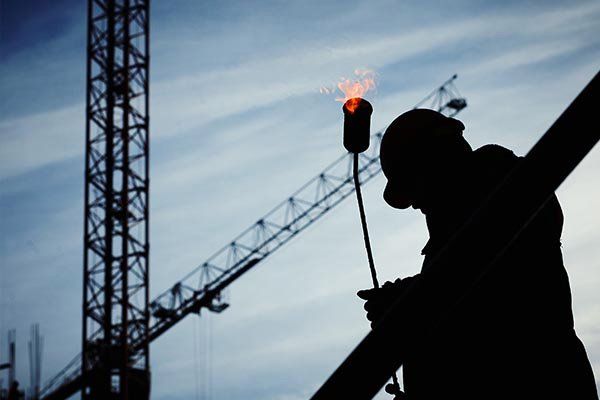AARA News and Information




Resilient Roofing Rebate
**The decision to end the Resilient Roofing Rebate Program was made at the May 10, 2022 Combined Meeting of Council. Applications submitted prior to January 29, 2022 are currently being reviewed for eligibility and applicants will be contacted if funding is still available.
By program end, the Resilient Roofing Rebate will have supported over 1,600 Calgarians who replaced their roof using impact-resistant materials to protect their home from severe weather damage.
The AARA thanks The City of Calgary for their efforts in educating our community on impact resistant building materials and the importance of using quality products and installers.**
The Resilient Roofing Rebate Program was available to homeowners who replaced their roof and upgraded to impact-resistant roofing products to protect their homes from severe weather damage.
The AARA was one of the associations involved in the Resilient Roofing Rebate program launched by the City of Calgary on June 1, 2021. The Resilient Roofing Rebate Program was available to homeowners who replaced their roof and upgraded to impact-resistant roofing products to protect their homes from severe weather damage. If the contractor used was an AARA or ARCA member at the time of roof replacement the roof will not require a third party inspection to be eligible for the rebate program.
To check out our blog post on Hail and how to protect your home, click here!
